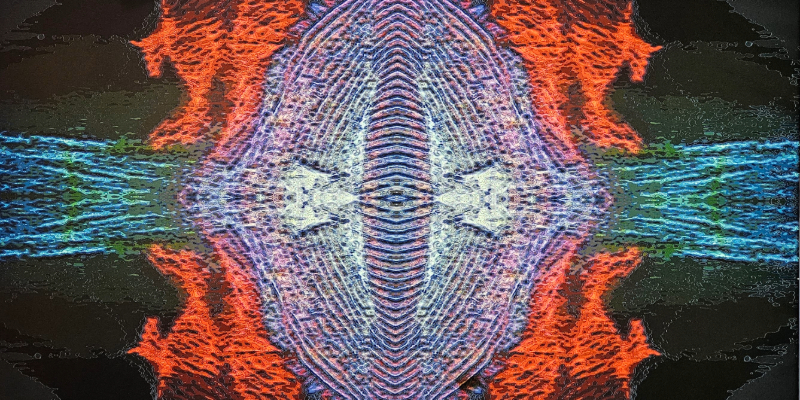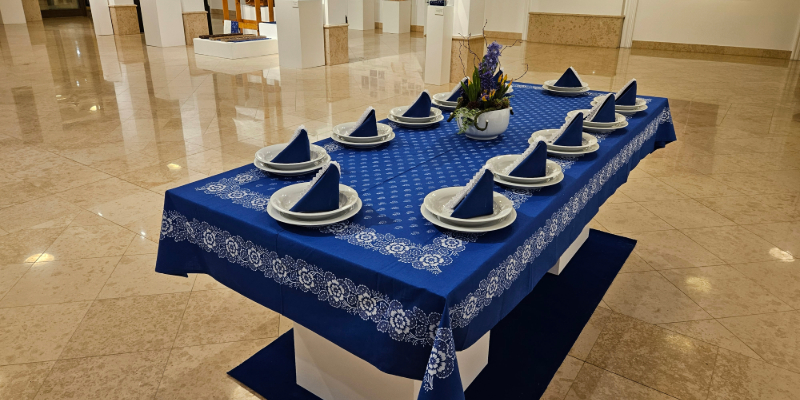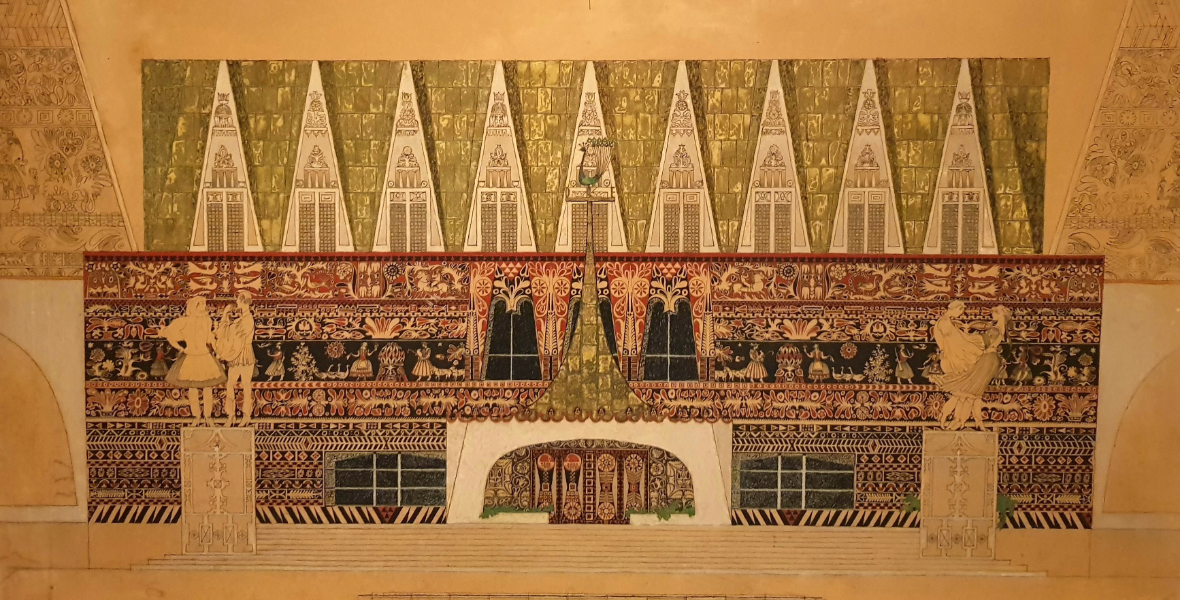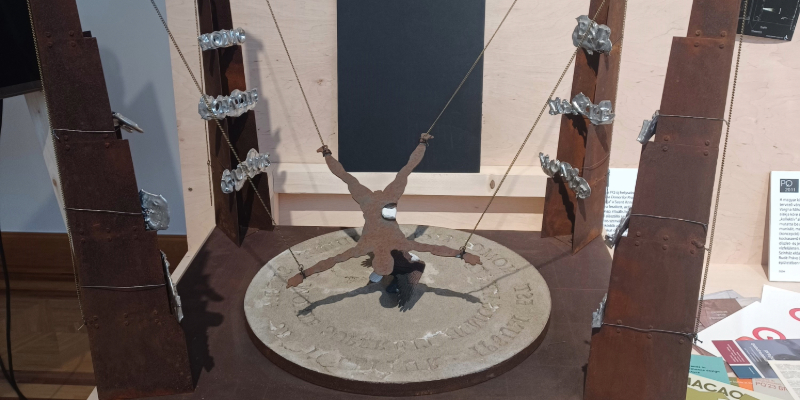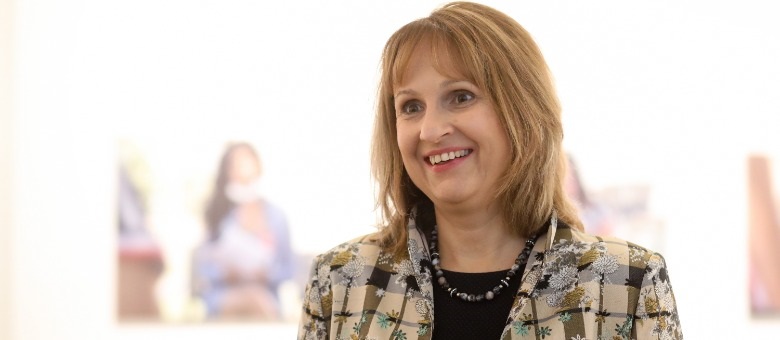
Pesti Vigadó interviewed the Esztergom-based (Hungary) Christian Museum's Director Ildikó Kontsek about the exhibition entitled "Be my Witnesses", which is on show in Pesti Vigadó from 3rd August 2021. The exhibition presents public memories of the 34th International Eucharistic Congress organised in Budapest in 1938.
Interview by Árpád Lesti.
What was the goal behind organising the International Eucharistic Congresses?
The movement focusing Roman Catholic believers' interest on the Eucharist was started in France. This secular initiative provided a meeting point for long-established societies and associations operating far away from one another. An international congress also comprising pilgrimages, holy masses, adorations and lectures was held in Lille as early as in 1881. Similar events were organised initially on an annual basis and later on on a less frequent basis at different locations. From 1905, even the Holy See of Vatican joined the organisational work of these congresses. The consecutive congresses were numbered and later, in addition to the general topic of the Eucharist, special orientations and topics were also selected to feature at congresses held at different venues. This prompted the Congress and its lectures in 1938 to deal with the Eucharist as a bond of love, which also featured as the general theme of the conference. This year's Hungary-based congress focuses on the Eucharist as a source of believers' Christian life and mission.

Was it a great achievement for Hungary that in the first half of the 20th century Budapest was selected as the venue of the Congress?
The congress in Vienna in 1912 already had quite a few Hungarian participants, then in 1926 Archbishop of Esztergom János Csernoch personally led the delegation of Hungarian pilgrims arriving in Chicago. Harnessing the enthusiasm of the Hungarian pilgrims returning to Hungary after the Chicago-based event, the Hungarian Catholic Bishops' Episcopate appealed to the Vatican-based Standing Committee in 1929 and requested that the next event be held in Budapest. Certainly, the event also required cooperation by the Hungarian state, and therefore the year 1938, which also saw the 900th anniversary of the death of Hungary's King Saint Stephen, appeared to be the most suitable date. Thanks to church diplomacy steps and intervention by well-established secular persons independent of Hungary's contemporary political leaders, in 1936 Budapest and the date were selected for the next congress.
What repercussions did the 1938 congress have among believers and the entire Hungarian society?
The participants remember the Congress as an exceptional event of their lives and a very special experience. Holy masses, processions and the speech by the Pope's envoy, with each event attended by thousands of people, certainly facilitated the strengthening of religious faith. For many people not residing in the capital visiting this event marked the first time to travel to Budapest and, just like the foreigners, they also found the capital enthralling thanks to its sights and colourful cavalcade. Especially when looking back at the Congress in the era following World War II did the events of this last peaceful year seem to be a decisive lovely experience full of belief and hope. Following the event, many families retained objects associated with the Congress and cherished them just as if they were relics. Later on, however, during the Communist era no public talk about the Congress was allowed and thus neither positive nor open discussion about the event could take place as the Communist state party strictly controlled religious life for decades.
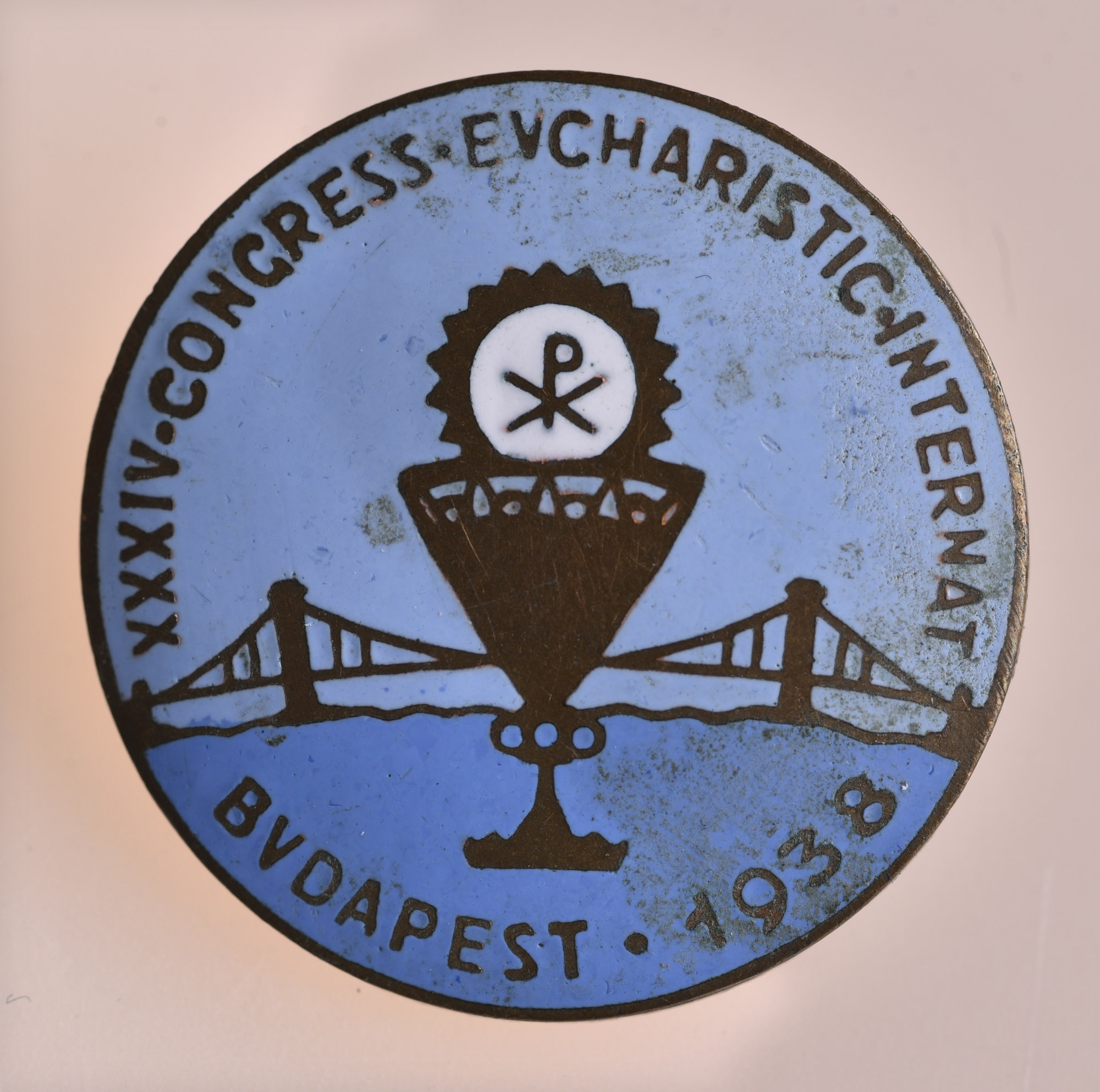
What kind of objects does the exhibition "Be my Witnesses" showcase?
The exhibition presents the story and narrative of the Congress primarily with the help of contemporary written documents, photos, sound recordings and newsreels. With the help of loaned objects from church museums, treasuries and private persons, the exhibition collects and presents memorial objects and mainly devotional goldsmith's works produced in the era. The organisers encouraged numerous Hungarian regions to be present as exhibitors so that the showcasing can ensure as wide social participation in a Budapest-based event as possible.
An important element of the preparation for the 1938 Congress, and a sign of supporting and joining the Congress movement, was wearing the emblem designed by Walter Madarassy in the form of a badge. Badges and button decorations were available in different makes, and the participants bought many types of devotional objects. With the help of the contemporary Central Altar Association, Scouts' Association and other Catholic organisations, numerous churches could acquire Congress-related grails, wafer holders, vestments and flags. Such devotional objects prepared for this special Congress occasion were actually preserved at many places.
The most valuable object, which can be deemed symbolic, is the two-piece monstrances of over 1.5 metres in height designed by Antal Megyer-Meyer. The Eucharist was kept in this ornamental monstrance when it was carried aboard a ship on the River Danube, which waterway magnificently reflected back Budapest's night lights. Also, the same monstrance was used on the eve of adoration by men. Thanks to the monstrance, every time thousands of people received their sacramental blessings.
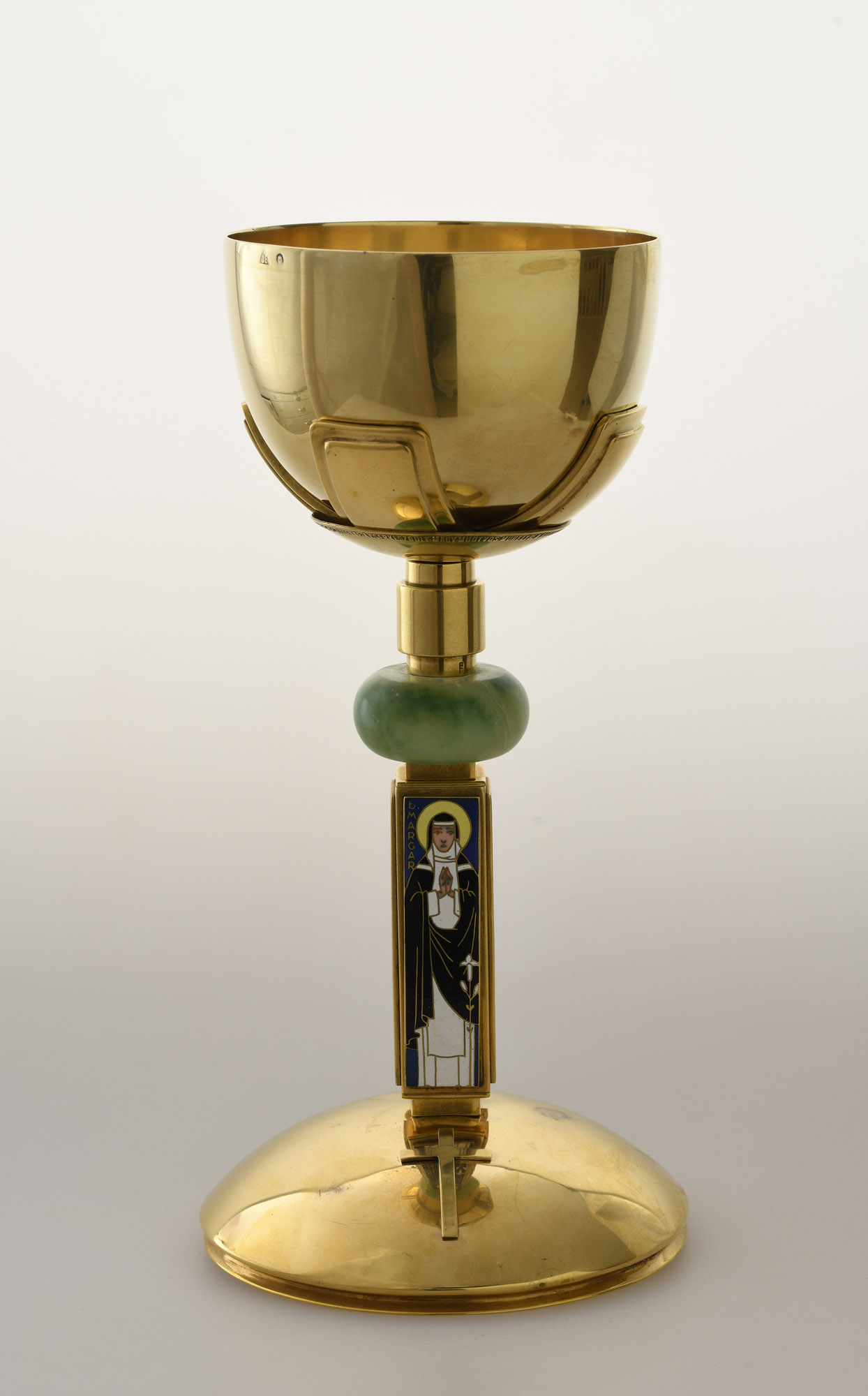
As Director of the Christian Museum what tendencies do you see concerning interest in religion and in religious symbols and objects?
It is not only believers who express their interest in Christian art. Works of art historical interest, in their capacity as surviving witnesses of our cultural heritage, are part of humankind's modern erudition. In Hungary, apart from the big cultural institutions located in the capital, it is only in Esztergom's Christian Museum that one can see original paintings, statues and works of applied arts originating from the Middle Ages and the Renaissance. Each museum strives to present the objects held by it in the most varied ways so that it can provide further knowledge and unique visitor experience to all of its guests, who exhibit different motivations and are of diverse ages. The visitor-friendly renewal has just started in the Christian Museum, and we hope that the number of visitors will significantly rise thanks to the successful future completion of this work.
83 years ago Pesti Vigadó was home to many events of the Congress. Which programmes of the Congress will be held this year in Pesti Vigadó?
As part of the preparation for the 1938 Congress, Pesti Vigadó was home to a number of negotiations and a series of stamps dedicated to this special event was also publicly presented here. With a full house, Pesti Vigadó's Ceremonial Hall also functioned on the first day of the Congress as the venue of the talks discussing the role of Catholic media in intellectual life. For the sake of the crowded who could not enter the jam-packed building and thus had to resort to listening to the talks from the streets, loudspeakers broadcasted the lectures. In a similar fashion, the joint opening of the preparatory exhibitions of this year's Congress will also be held in Pesti Vigadó's Ceremonial Hall.

